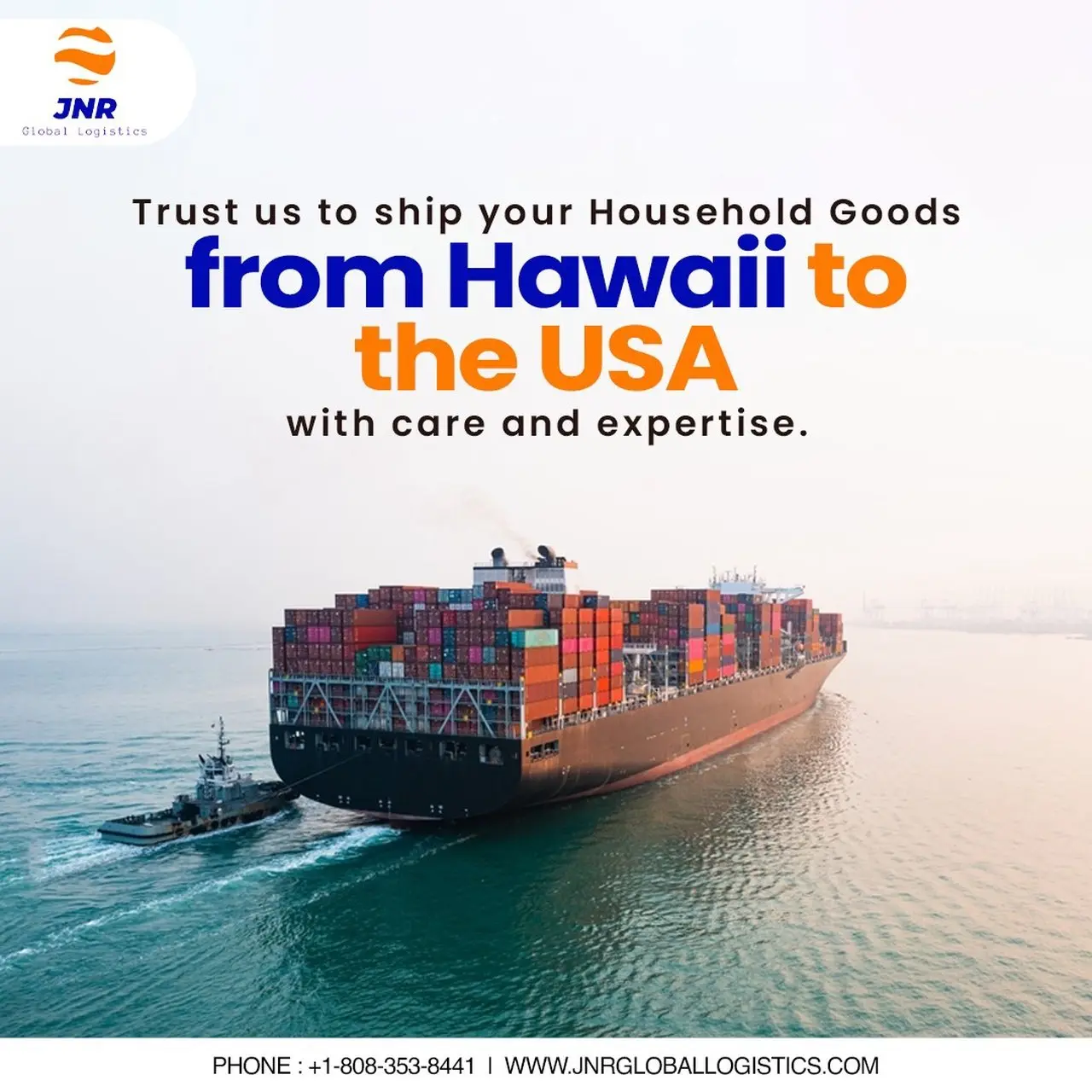Shipping a container from Japan to the United States involves many logistical considerations. To protect your interests and avoid surprises, it’s crucial to understand all the associated costs. Proper financial planning helps prevent budget overruns and ensures a smooth process. Unfortunately, common mistakes can lead to delays and unexpected expenses. By evaluating key factors thoroughly, you can gain a clear perspective on what influences the final cost. Let’s explore these critical details.
Select the Right Container Size
Choosing an appropriate container is essential for cost efficiency. Misjudging the size of your shipment can lead to unnecessary expenses. Opting for a container that’s too small might require additional space, while selecting one that’s too large results in wasted resources. To avoid these issues, carefully assess the weight and volume of your items before making a decision. Selecting the ideal container size will help you save money and streamline the shipping process.
Understand Customs Duties and Taxes
Customs duties and taxes can significantly impact the total cost of shipping. These fees vary based on the type and value of the goods being transported. For instance, high-value items like electronics often incur higher duties. Reviewing U.S. customs tariffs in advance will help you estimate these costs accurately. Reputable shipping companies can assist in navigating these requirements, ensuring compliance and avoiding unexpected payments.
Consider Seasonal Pricing Variations
Shipping costs can fluctuate based on the season. Peak seasons typically see higher demand, leading to increased rates. Many people overlook this factor until they face unexpectedly high charges. Planning your shipment during the off-season can help you avoid price surges and save significantly. Advanced preparation and careful scrutiny of pricing trends will enable you to make cost-effective decisions.
Investigate Port-Related Costs
Each port has unique regulations and pricing structures that can affect your shipping expenses. U.S. ports may impose higher handling fees or additional security charges for specific types of cargo. If you’re unaware of these costs, they can come as a surprise. Consult your shipping provider for a comprehensive breakdown of port-related charges to ensure clarity and avoid unexpected expenses.
Factor in Inland Transportation Costs
Once your container arrives at its destination port, additional transportation may be required to deliver it to its final location. These inland transportation costs—whether by truck or rail—depend on the distance and mode of transport. Reliable shipping companies will provide a transparent breakdown of these fees. Ensure your chosen provider is upfront about all costs to avoid hidden charges.
Don’t Overlook the Importance of Insurance
Some individuals skip purchasing insurance to save money, viewing it as an unnecessary expense. However, international shipping involves risks such as damage, loss, or theft. Comprehensive insurance coverage protects your investment and provides peace of mind. Without it, you could face significant financial losses with no compensation. Always include insurance in your cost calculations to safeguard against potential risks.
Conclusion
Accurate cost estimation requires a detailed understanding of all factors involved in cost of shipping a container from Japan to the USA. Overlooking elements such as transit time, fuel surcharges, exchange rate fluctuations, and storage needs can lead to imprecise calculations and unexpected charges. Reputable shipping companies will address these considerations with you upfront, providing clear communication and strategic cost management. By partnering with a trusted carrier, you can ensure a seamless shipping process and achieve optimal satisfaction while keeping costs under control.



Leave a Comment